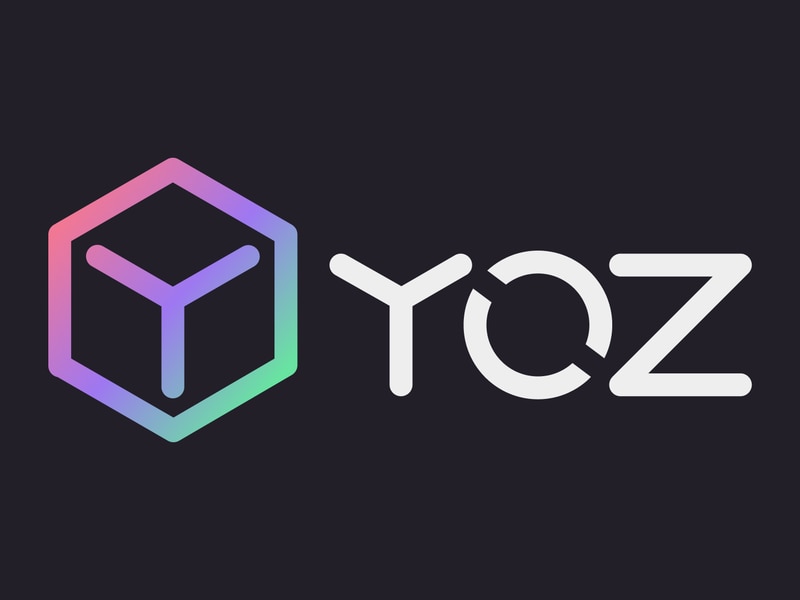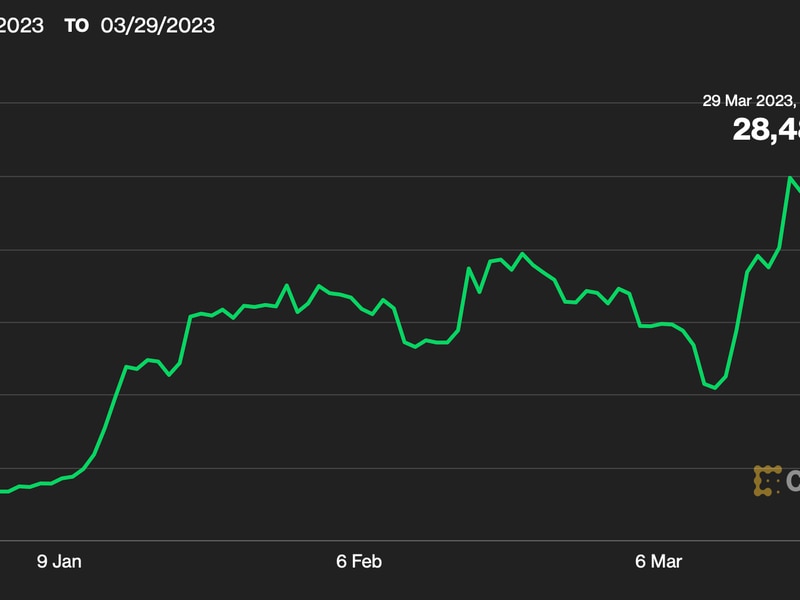A Glimpse of Banking’s Future, Live on the Ethereum Blockchain

Michael J. Casey is the chairman of CoinDesk’s advisory board and a senior advisor for blockchain research at MIT’s Digital Currency Initiative.
The following article originally appeared in CoinDesk Weekly, a custom-curated newsletter delivered every Sunday exclusively to our subscribers.
At first glance, this week’s move by the investment bank Societe Generale to issue a security token-like bond in which it was both the issuer and the sole investor might seem like a pointless act. Not so much a peer-to-peer transaction; just a peer transaction.
But one element of the announcement suggests this was actually an important step in financial institutions’ sometimes fractious relationship with cryptocurrencies and blockchain technology. You see, Societe Generale’s $112 million bond issue used smart contracts built not a private, permissioned blockchain but on the public, permissionless ethereum blockchain.
This was a baby step, for sure. But, let’s remember that this French bank belongs to an industry whose member institutions repeatedly posit that permissionless blockchains are unworkable for them.
Banks have made various arguments for why they feel compelled to use private, permissioned versions of this technology: because they are beholden to know-your-customer and other compliance rules that aren’t easily enforced in a permissionless environment; because their competitive interests require a level of privacy that can’t be assured in a transparent, public setting; or because public blockchain’s probability-based standard for confirming trade settlement falls short of what Wall Street’s lawyers call “settlement finality.”
Yet here was the 19th-largest bank in the world experimenting with the public model.
It would be way too premature to say that Societe Generale has discounted those industry concerns about permissionless blockchains – concerns that are more likely founded on fears of the threat to existing business models than anything else. But the French bank’s move could also signal an acknowledgment that banks’ can’t afford to turn their back on the disruptive threats and opportunities posed by permissionless protocols such as bitcoin or ethereum.
Societe Generale appears to be placing a side bet that the future evolution of digital finance will play out much as the battle for supremacy in next-generation communications technology did in the 1990s – lest it be left on the wrong side of history.
A bet that open systems win
At the end of the nineties, it had become clear that the public, open, interoperable Internet had beaten out private, closed, walled-garden Intranets such as Prodigy, AOL and France’s Minitel to define the new architecture for worldwide information-sharing. It has since become accepted wisdom that the Internet’s open, global system proved superior because it imposed no limit on network size or on the breadth of potential connectivity and because “permissionless innovation” enabled a global developer talent pool of unlimited size and collective brainpower.
It’s reasonable to assume, though by no means guaranteed, that history will repeat itself with the struggle over the future of financial systems. Yes, the unique sensitivities and regulatory framework surrounding finance creates a substantial barrier to entry that protects incumbent institution, those for whom closed, walled-garden approaches protect their competitive positions.
But at the end of the day, money is just information. Communities will tend toward free and open systems for using it.
Is that what Societe Generale is betting on? Perhaps. While the deal was an entirely in-house affair, the bank did make the bond’s terms pari passu with its other covered bonds, a category of debt that securitized by specific balance sheet assets. That means that future owners, whoever they may be, would have equal ranking and risk exposure as any investors in Societe Generale’s more conventional bond issues. And with a five-year maturity, there is ample time for the bank to take the more radical step of seeking outside buyers in a secondary market sale once it has a blessing from regulators.
Also important was the fact that rating agency Moody’s said it considers the use of blockchain technology “credit positive” in this case, in part because of increased transparency and a reduced likelihood of errors “arising from the complexity and the number of intermediaries involved in issuing covered bonds using traditional means.”
This positive assessment points to the generalized potential of security token offerings, or STOs, as a way to more efficiently issue, manage and trade traditional assets such as stocks, bonds, real estate and commodities.
Disruption to come
STOs aren’t as radical an idea as Initial Coin Offerings, or ICOs, which have fallen out of favor with investors following the collapse of the crypto-token market last year and as regulators have threatened actions against the many that have the characteristics of unregistered securities.
Whereas ICO issuers sought to avoid securities registration requirements by describing their “utility tokens” as an integral, commodity-like component of the decentralized networks they were building – a product, not a speculative investment — STOs are simpler and more straightforward. They represent a tokenized claim on some form of real-world asset, and they are deliberately intended to be treated as a security for compliance purposes.
Nonetheless, STOs still promise to be extremely disruptive to capital markets, with a big impact on investment banks such as Societe Generale.
STO-serving smart contracts could allow for automatic updates of share registries and cap tables with each trade, and enable more direct exchanges between buyers and sellers, with fewer intermediaries. Also, if it’s a permissionless system – if there are no “permissioned” incumbent financial entities functioning as gatekeepers of a private blockchain – there is nothing to stop startup service providers shifting many traditional back-end activities such as underwriting, custody and brokerage over to a decentralized network. These are services that investment banks, for the most part, currently provide.
All of this requires that the tech be sufficiently scalable, of course, and that regulators are happy with the kinds of cryptography-based custodial solutions on which it depends. However, it’s widely believed, by people in both crypto and traditional finance communities, that we will get there.
Seeking to control the process
What’s impressive about Societe Generale’s implicit position, then, is that it seeking to understand and have some control over a technology that will inherently threaten some of its businesses.
In doing so, it may be betting that banks like it will adjust to the new paradigm much as they did in the nineties when online stock trading and electronic marketplaces initially threatened Wall Street’s dominance of the securities industry.
Those systems, which made market prices more transparent, drastically reduced the commissions that investment banks could charge for trading, but they also promoted a surge in volumes that compensated for the tighter margins. In the end, the savviest banks invested in this new trading and matching technology and, in taking charge of its development, managed to retain a dominant position in capital markets.
The death of banks might well be a thing to celebrate in the future. But the reality is that the market will for some time continue to value much of the expertise and market-making power that currently resides on Wall Street, even as it starts to demand that the functional back-end tasks of record-keeping, custody, trade matching and clearing and settlement be handled by smart contracts, digital currencies and distributed networks.
Corporate issuers of STOs will always need to find investors. They’ll also be keen to offload the risk that those investors won’t be found onto someone who’s willing and able to bear it. And they’ll pay a good price for those services. My guess is that this is where banks will continue to be very active.
Those that are out there, experimenting with the most radical, future-facing versions of blockchain and other disruptive technologies will be the most profitable in doing so.
Image Credit: Kiev.Victor / Shutterstock.com (SocGen Headquarters)










